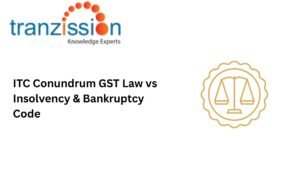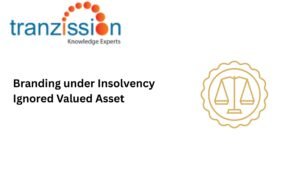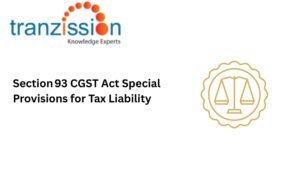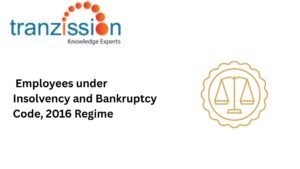
What is Form G in IBC – Invitation for Expression of Interest
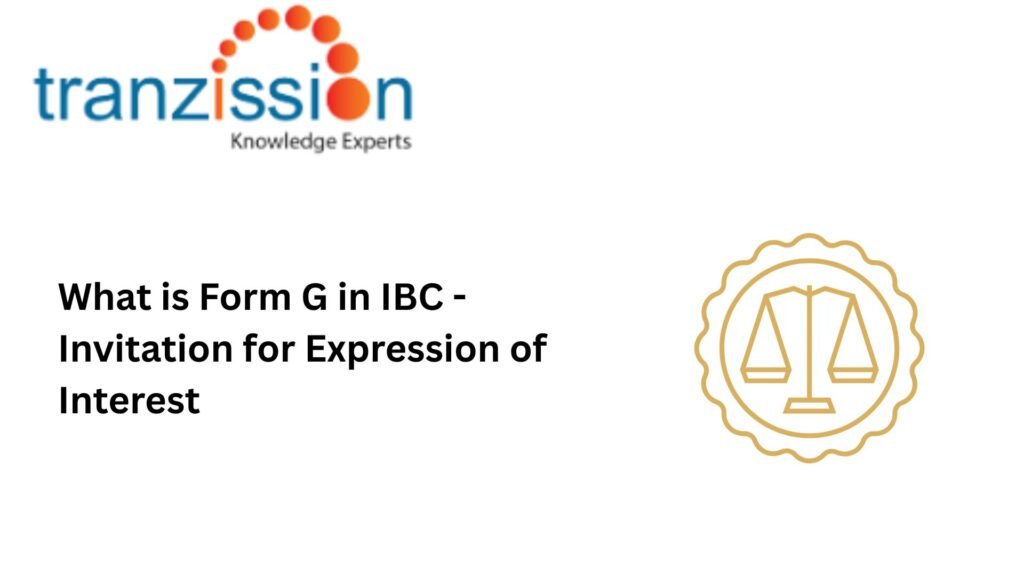
Table of Contents
Form G in IBC is an official public advertisement inviting potential resolution applicants to submit an Expression of Interest (EOI). It is issued by the Resolution Professional (RP) to ensure a fair and competitive bidding process. It is, thus, a crucial step before the submission of resolution plans. Form G in IBC is primarily governed by Regulation 36A of the IBBI (Insolvency Resolution Process for Corporate Persons) Regulations, 2016 (hereon forward known as “the CIRP Regulations”) and must be published within 75 days from the insolvency commencement date. This Form contains details like eligibility criteria, submission deadlines, and confidentiality norms.
Requirements of Form G in IBC
Mandatory Contents of Form G:
Form G mandates the details about the corporate debtor, the resolution professional, and the process itself, including dates, addresses, and contact information for obtaining information and submitting plans.
Publication Requirements:
CIRP Regulations state that it must be published in at least one English and one regional newspaper. It must be published on the IBBI website and the corporate debtor’s website, if there is a website, to ensure wide circulation to attract potential investors.
Read more :Role of ESG in Corporate Governance
Who Can Submit an Expression of Interest (EOI)?
Eligibility Criteria for Resolution Applicants:
According to Section 25(2)(h) of IBC and the CIRP Regulations, resolution applicants must meet financial and legal qualifications set by the Committee of Creditors (CoC), and persons ineligible under Section 29A of IBC cannot apply.
Disqualification Under Section 29A:
Section 29A of the IBC lists the disqualification criteria and includes wilful defaulters, undischarged insolvents, and connected persons of defaulting promoters and convicted individuals for offenses punishable with imprisonment of two years or more, or any entities barred by Securities and Exchange Board of India (SEBI) or the Reserve Bank of India (RBI) from participating in financial markets.
Process of Issuing and Responding to Form G
Steps for the Resolution Professional:
Form G in IBC is used by the RP to publicly announce the commencement of the corporate insolvency resolution process (CIRP) and invites potential resolution applicants to express their interests in acquiring the corporate debtor.
Steps for Potential Resolution Applicants (Bidders):
Once the RP publishes the details to invite expressions of interest, prospective applicants access the information from the IBBI website, and submit resolution plans by a specified deadline, all in according with the IBC and the CIRP Regulations.
Challenges and Practical Considerations for Insolvency Professionals
The challenges in filing Form G for insolvency professionals are:
- The failure to issue Form G within 75 days can delay the resolution process, and RPs must ensure compliance with regulatory timelines.
- RPs need to ensure the applicant’s eligibility criteria, which are neither too restrictive nor too lenient, and balancing transparency with confidentiality concerns makes this step difficult.
- RPs handle multiple EOIs simultaneously, which may overburden them. Their duties include scrutinizing applicants based on financial and operational capability and avoiding conflicts of interest while shortlisting bidders.
Best Practices for Resolution Professionals in Managing Form G
RPs should align Form G with industry norms and financial benchmarks and must be approved by the CoC to avoid disputes later.
They need to ensure a wide reach for maximum participation by publishing in financial newspapers and industry portals and leveraging digital platforms for better visibility.
RPs need to conduct the shortlisting process efficiently and fair, hence, it is important to maintain transparency in evaluating EOIs and ensuring compliance with Section 29A restrictions.
Conclusion
Form G is used to invite potential resolution applicants to submit their expressions of interest in acquiring a company undergoing the CIRP. The form includes details about the corporate debtor, its industry, location, and other relevant information to help potential applicants understand the situation. Once the CoC evaluates the proposals and selects a resolution plan. Form G ensures timely and transparent issuance; thereby, it is crucial for a successful CIRP. Insolvency professionals must ensure compliance to attract the best resolution plans.

